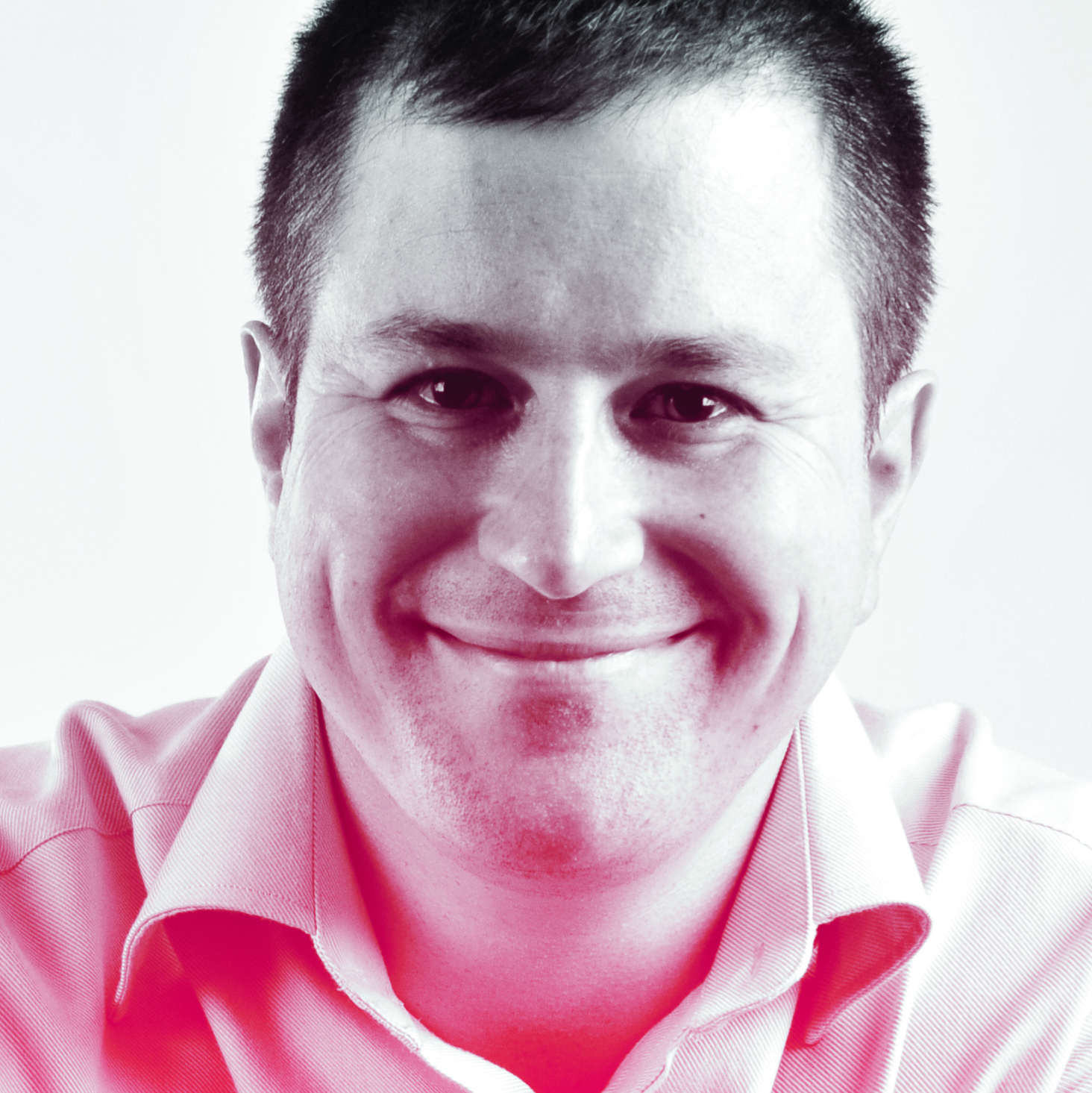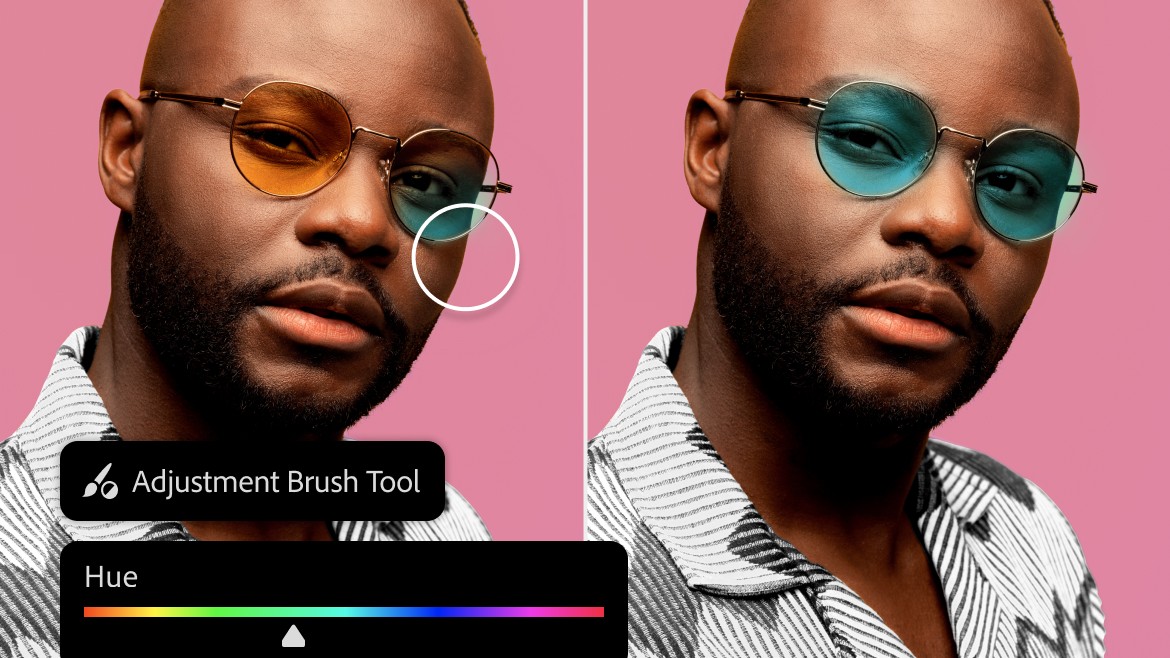
Adobe has been at the forefront of image and video software for decades. Photoshop and Lightroom have long been the industry-standards for professional photographers, while many filmmakers have been lured away from Apple's Final Cut Pro towards Premiere Pro, not to mention other filmmaking tools such as After Effects and Audition.
In recent years, though, some have started wondering if they should stick with Adobe. Subscription prices are now very expensive, while rival options that are cheaper and subscription-free have improved immensely. Most notably Serif's Affinity Photo is highly comparable to Photoshop in most respects.
But perhaps more fundamental than cost, does Adobe even care about photographers and filmmakers any more? In the last year, Adobe has gone hell for leather with generative AI, inserting it into both its image-editing and video-editing tools. Yes, the software company favored by content creators is promoting the very tech that threatens their livelihoods.

Adobe is keen to stress that unlike its gen AI rivals, it doesn't scrape creatives' content without consent. And it believes that tools such as Generative Fill can be genuinely useful to photographers wishing to augment an existing image.
But how comforting is that, really, when a client tells you they no longer need you to shoot content for them, or even license your stock, because they're using generative AI instead?
Prices are going up
In short, there are a number of reasons you may be considering jumping ship from Adobe in 2025. So, you could imagine that the top minds at the company, whose market cap right now stands at US$196.84 billion, might be putting their heads together, trying to find ways to tempt you to stay.
But if that's the case, then they have a funny way of going about it. Because starting in 2025, Adobe is increasing the cost of its Photography Plans, with monthly subscription prices jumping by as much as 50%.
Get the Digital Camera World Newsletter
The best camera deals, reviews, product advice, and unmissable photography news, direct to your inbox!
As we reported last week, Adobe has announced a big price hike. The 20GB Photography Plan (including Lightroom and Photoshop) will rise from $9.99 / £9.98 in the US and UK to $14.99 / £14.99. The 1TB Lightroom-only Plan, meanwhile, will rise from $9.99 / £9.98 to $11.99 / £11.99 monthly, although this now includes Lightroom Classic. The Photography 1TB plan with Lightroom and Photoshop, however, remains unchanged at $19.99 / £19.97 a month.
But that's not the half of it. These price rises apply to existing subscribers, but the 20GB Photography Plan will not available at all to new subscribers after 15 January. That leaves only the pricier options on the table: either taking out separate subs to Photoshop and Lightroom, or opting for the very expensive, all-apps Creative Cloud subscription.
Interestingly, Adobe doesn't blame these price hikes on external factors, such as global inflation. Instead, it argues that its software has got so much better, it's worth the extra money.
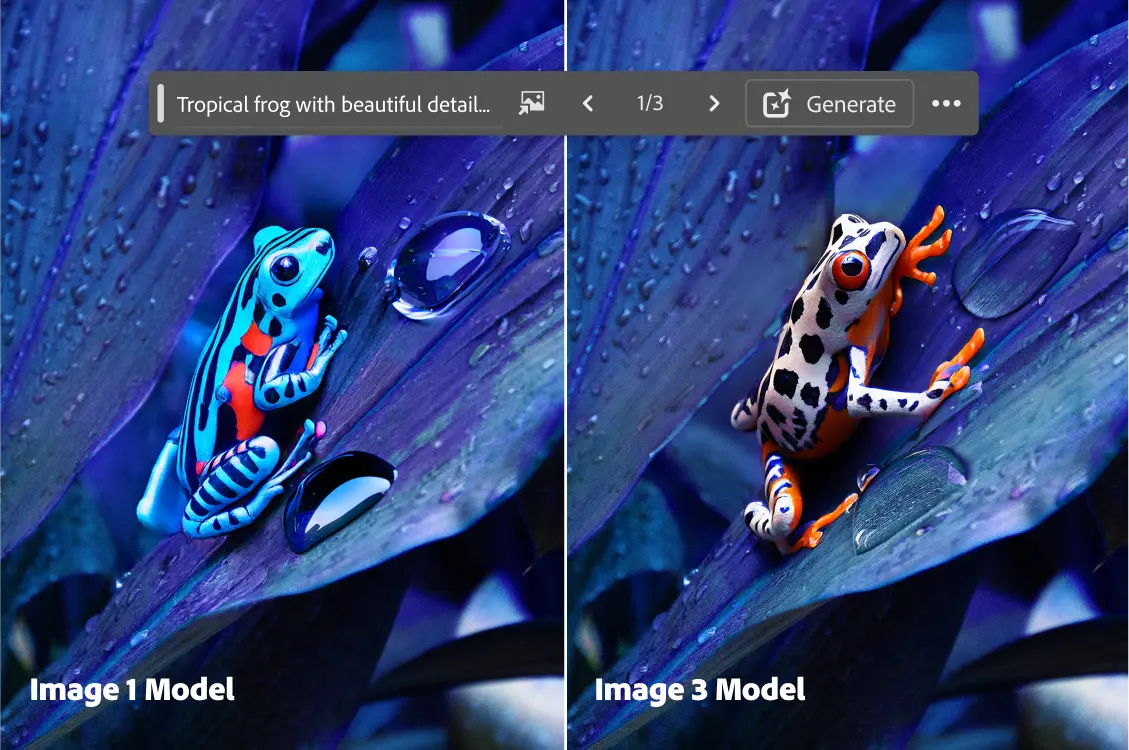
In a blog post to announce the changes, Adobe wrote: “For more than a decade, we’ve brought photographers hundreds of innovative features in Lightroom and Photoshop without changing the price of our photography plans. Today we’re announcing an update to these plans to better reflect the value [they] deliver."
Do you feel like the improvements to Adobe software – such as the big Photoshop updates announced in October – have been so useful that they justify a jump of up to 50% in price? Perhaps the answer is yes. But my guess is you'd still rather have had the choice to pay more for new features, rather than have a price hike forced on you.
Particularly when many of those new features revolve around gen AI, which feels more like a slap in the face to photographers and filmmakers than a useful tool.
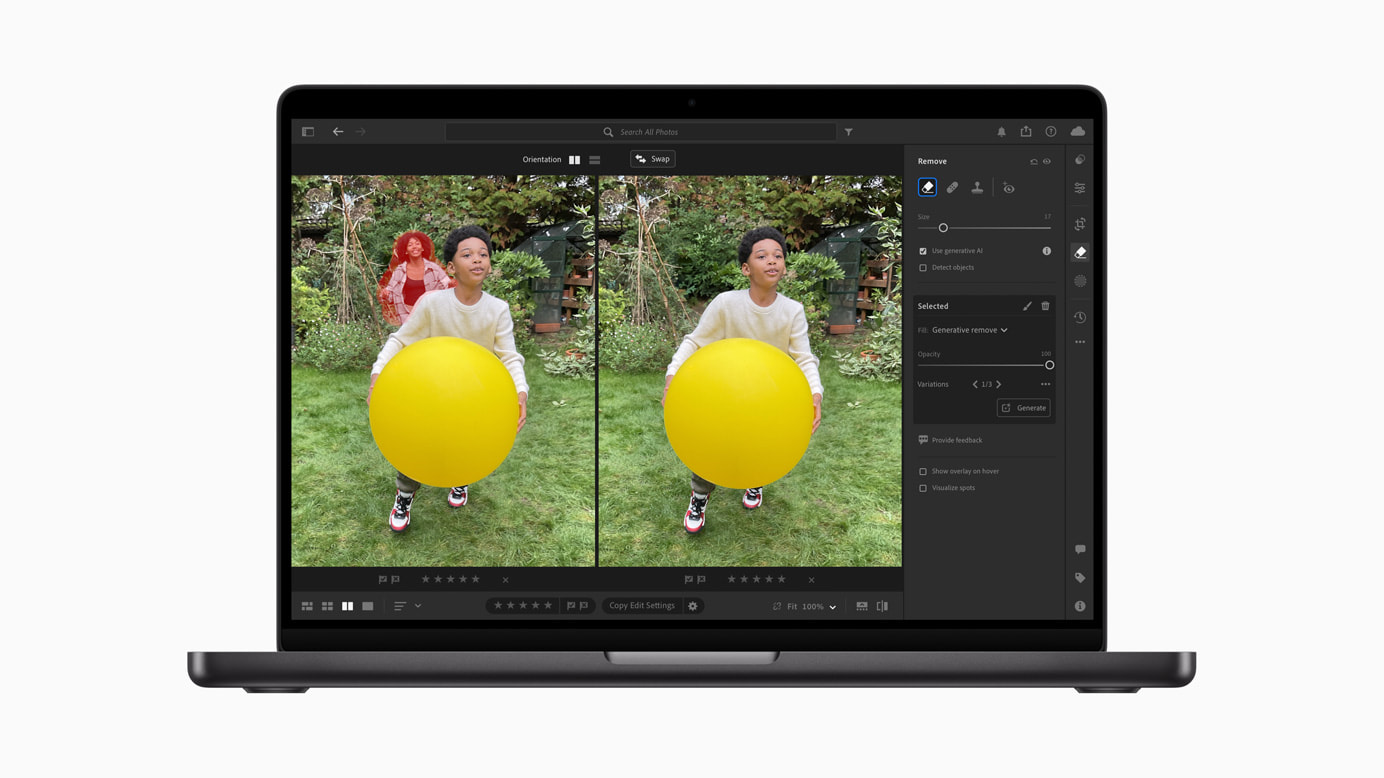
That said, Adobe is also promising further improvements in the software in 2025, which it says have been prompted by the photography community. So what are they, and will they be enough to tempt you to stick with Adobe?
Cool new tools are promised
In 2025, Adobe is focusing heavily on AI-driven features to enhance its photo-editing software. And while generative AI may be controversial, there are a number of other AI tools coming our way that could be very beneficial to photographers and photo editors' workflows.
The first is AI-powered culling in Lightroom. This feature will use AI to identify the best images during import, streamlining the selection process. While this tool won't completely replace a photographer’s judgment, it will be able to eliminate technically flawed shots and highlight those with the most potential. And that could save you hours of manual work.
More broadly, Adobe plans to add new AI features to Lightroom and Photoshop that make it easier to accomplish tedious tasks and speed up your workflow. These, it says, will be along the lines of Distraction Removal – a tool that debuted in 2024 in Photoshop and will soon be added to Lightroom. Distraction Removal enables photographers to remove unwanted elements – like power lines, people or blemishes – with a single click.
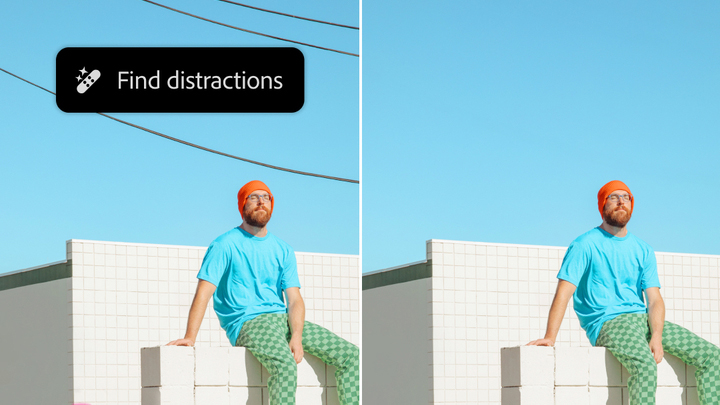
Another feature that Adobe will be pushing forward in 2025 is Adaptive Profile for Monochrome. Now in Adobe Camera Raw, and coming soon to Lightroom, this makes it easier to create high-quality black-and-white images across high-contrast photos such as landscapes and architecture.
Adobe also says it will be expanding its Quick Actions, which enable you to apply complex edits with a single click. Whether it’s enhancing a portrait, removing noise or adjusting exposure, these AI-driven tools are designed to simplify the editing process and save you time and effort.
Finally, Adobe says it'll be focusing on making photo sharing easier in 2024. More specifically, it will continue to partner with camera companies such as Sony, Nikon and Canon to improve tethering in Lightroom and provide a more efficient workflow during photoshoots.
Other new features may pop up
These new features aren't the only ones we might see over the next 12 months. If we're going by the Sneaks announced at Adobe's Max event this October, Adobe has a lot of emerging tech in the works – and so maybe some of that will see the light of day in 2025 too.
The big reveals at Sneaks were:
Project Clean Machine: This tool will make it easy to remove unwanted flashes or temporary obstructions in photos and videos, while preserving the original details and blending colors naturally.
Project Perfect Blend: This new tech promises to simplify adding people or objects into images, by using AI to match lighting, colors and textures for seamless integration.
Project Know How: Adobe is developing its Content Credentials system, to make it easier for people tracking the origins of photos and videos online, even when metadata is removed. This will be achieved by using digital fingerprinting and a Chrome extension.
Project Super Sonic: This new feature will enable you to generate sound effects with text prompts, or by clicking on objects in a video, based on customizable sounds that blend naturally into the audio track.
Should you stay or should you go?
Many of these new features sound pretty helpful. And ultimately, there's no question about it: Adobe's photo and video editing tools are very powerful, hugely flexible and improving all the time. So you can see why the company might fully expect professionals to stay on board throughout 2025.
But at the same time, many of us have spent the last year tightening our belts and canceling subscriptions, from Netflix to gym memberships, in order to make ends meet. So Adobe's price hike will feel like a slap in the face for many photographers and filmmakers, and it'll be interesting to see what the fallout is.
If you're hunting around for another option, check out our guides to the best Photoshop alternatives.
You might also like…
Take a look at some of the best Photoshop alternatives to see if something else does the job you want for less. And don't forget to see if you're using the best photo-editing laptops as well as the best monitors for photo editing for top results.
Tom May is a freelance writer and editor specializing in art, photography, design and travel. He has been editor of Professional Photography magazine, associate editor at Creative Bloq, and deputy editor at net magazine. He has also worked for a wide range of mainstream titles including The Sun, Radio Times, NME, T3, Heat, Company and Bella.




